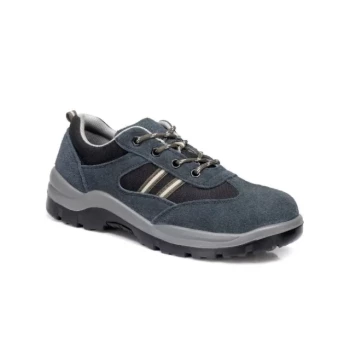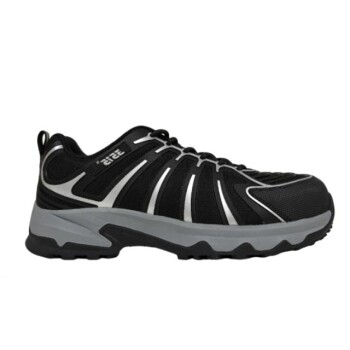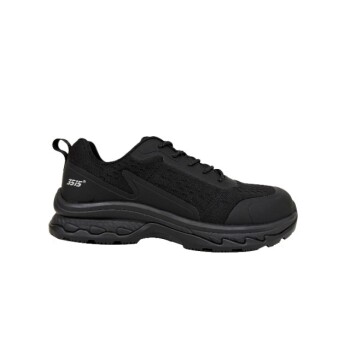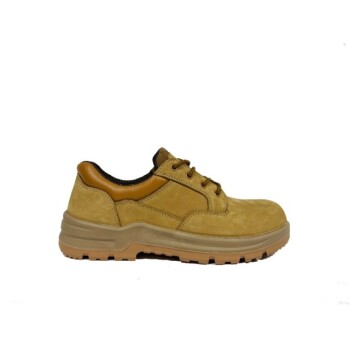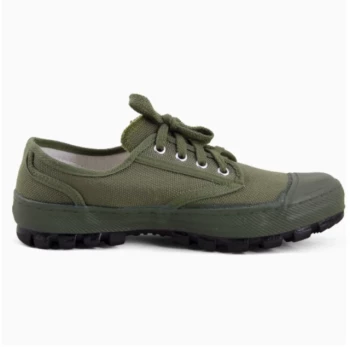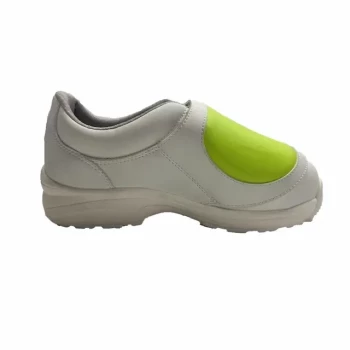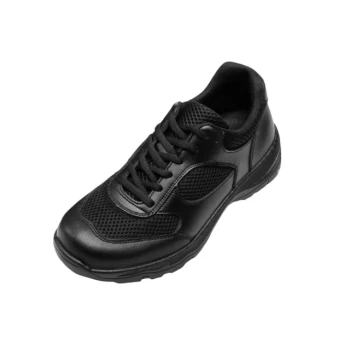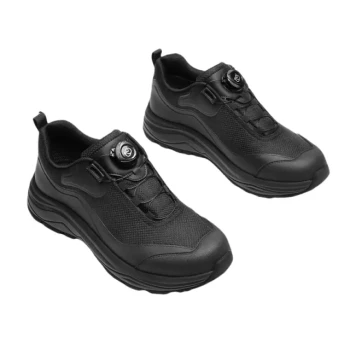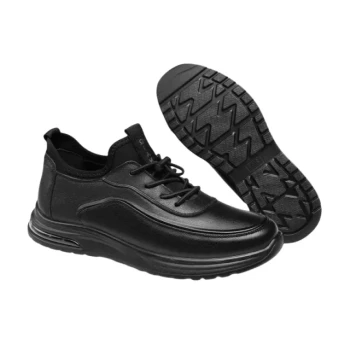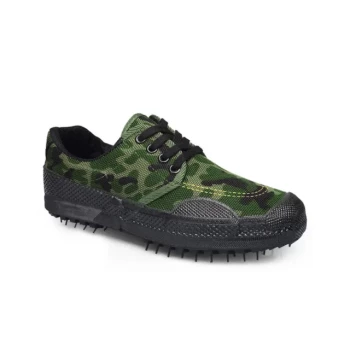Yes, safety shoes are fundamentally good for your feet. Their primary role is to prevent catastrophic injuries—such as crushing, punctures, lacerations, and slips—that pose a significant and immediate threat to foot health in many work environments. Modern safety footwear is increasingly designed to provide this critical protection without sacrificing the comfort and ergonomic support needed for long-term well-being.
The true measure of a good safety shoe is its ability to protect you from an accident while also supporting your feet through thousands of steps each day. The best choice doesn't force a trade-off between safety and health; it delivers both.

The Primary Role: Critical Injury Prevention
Before considering comfort, it's essential to understand the non-negotiable safety functions that define this category of footwear.
Protection from Impact and Compression
Safety shoes feature reinforced toe caps, typically made from steel or modern composite materials.
These components are engineered to shield the delicate bones of your feet from heavy falling objects or crushing forces, preventing severe fractures.
Defense Against Punctures and Slips
Many designs incorporate puncture-resistant plates in the sole to stop sharp objects like nails or metal shards from piercing the foot.
Furthermore, specialized slip-resistant outsoles are engineered to provide superior traction on wet, oily, or uneven surfaces, which is critical for fall prevention.
Guarding Against Specialized Hazards
For specific job requirements, safety shoes can offer protection against unique dangers.
Features like electrical hazard (EH) protection insulate the wearer from accidental contact with live electrical circuits, preventing dangerous shocks.
Beyond Protection: Designing for Long-Term Foot Health
A shoe is only effective if it can be worn for an entire shift without causing pain or fatigue. Manufacturers now recognize that all-day comfort is a key component of safety.
The Importance of a Supportive Foundation
High-quality safety shoes incorporate cushioned insoles and supportive midsoles.
These elements help absorb shock and reduce the strain on your feet, arches, and joints during long hours of standing or walking.
Accommodating Natural Foot Shape
A spacious toe box is a critical feature for comfort and long-term foot health.
This allows your toes to spread naturally and accommodates the foot's tendency to swell over a long day, which helps prevent painful conditions like corns and calluses.
Lightweight Materials to Reduce Fatigue
The perception of safety shoes as universally heavy and bulky is outdated.
The use of composite materials for toe caps and other components provides the necessary safety standard at a significantly lower weight than traditional steel, directly reducing user fatigue.
Understanding the Trade-offs
Even the best safety shoes can present challenges if not chosen or used correctly. Being aware of the potential downsides is key to making an informed decision.
The Critical Mistake of a Poor Fit
No amount of advanced features can overcome an improper fit. A shoe that is too tight will restrict circulation and cause pain, while a shoe that is too loose can cause friction blisters and instability.
The Burden of Unnecessary Weight and Rigidity
While some jobs require maximum-duty, heavy footwear, choosing a shoe that is heavier or more rigid than your tasks demand will lead to unnecessary fatigue in your feet and legs.
Neglecting Individual Foot Needs
A stock safety shoe may not be sufficient for individuals with pre-existing conditions like plantar fasciitis or flat feet. In these cases, the shoe's standard insole may need to be replaced with a more specialized orthotic.
Making the Right Choice for Your Feet
Selecting the correct safety shoe depends entirely on balancing your job's safety requirements with your personal comfort needs.
- If your primary focus is maximizing protection in a high-risk environment: Prioritize the specific safety ratings (impact, compression, EH) that your workplace demands.
- If your primary focus is all-day comfort while standing or walking: Look specifically for ergonomic features like cushioned insoles, a supportive foundation, and a spacious toe box.
- If your primary focus is minimizing fatigue over a long shift: Choose shoes made with modern, lightweight materials, such as those with composite safety toes.
Ultimately, the right safety shoe protects your feet from the clear dangers of your job while supporting them for the work ahead.
Summary Table:
| Feature | Benefit | Key for Foot Health |
|---|---|---|
| Reinforced Toe Cap | Prevents crushing injuries from heavy objects | Protects bone structure |
| Puncture-Resistant Sole | Stops sharp objects from piercing the foot | Prevents severe wounds |
| Slip-Resistant Outsole | Reduces risk of falls on hazardous surfaces | Prevents fall-related injuries |
| Cushioned Insoles & Support | Absorbs shock, reduces joint strain | Enhances all-day comfort |
| Spacious Toe Box | Allows natural toe splay, accommodates swelling | Prevents corns and calluses |
| Lightweight Materials | Lowers fatigue during long shifts | Improves overall endurance |
Ready to Equip Your Team with Superior Safety Footwear?
As a large-scale manufacturer, 3515 produces a comprehensive range of safety shoes and boots for distributors, brand owners, and bulk clients. Our production capabilities ensure every pair meets the highest standards of protection and comfort.
We help you:
- Source reliable footwear that combines critical safety features with ergonomic design.
- Reduce workplace injuries and enhance worker productivity with comfortable, supportive shoes.
- Access a full catalog of styles to meet diverse job requirements and safety standards.
Let's discuss your specific needs. Contact our team today to find the perfect safety footwear solution for your business.
Visual Guide
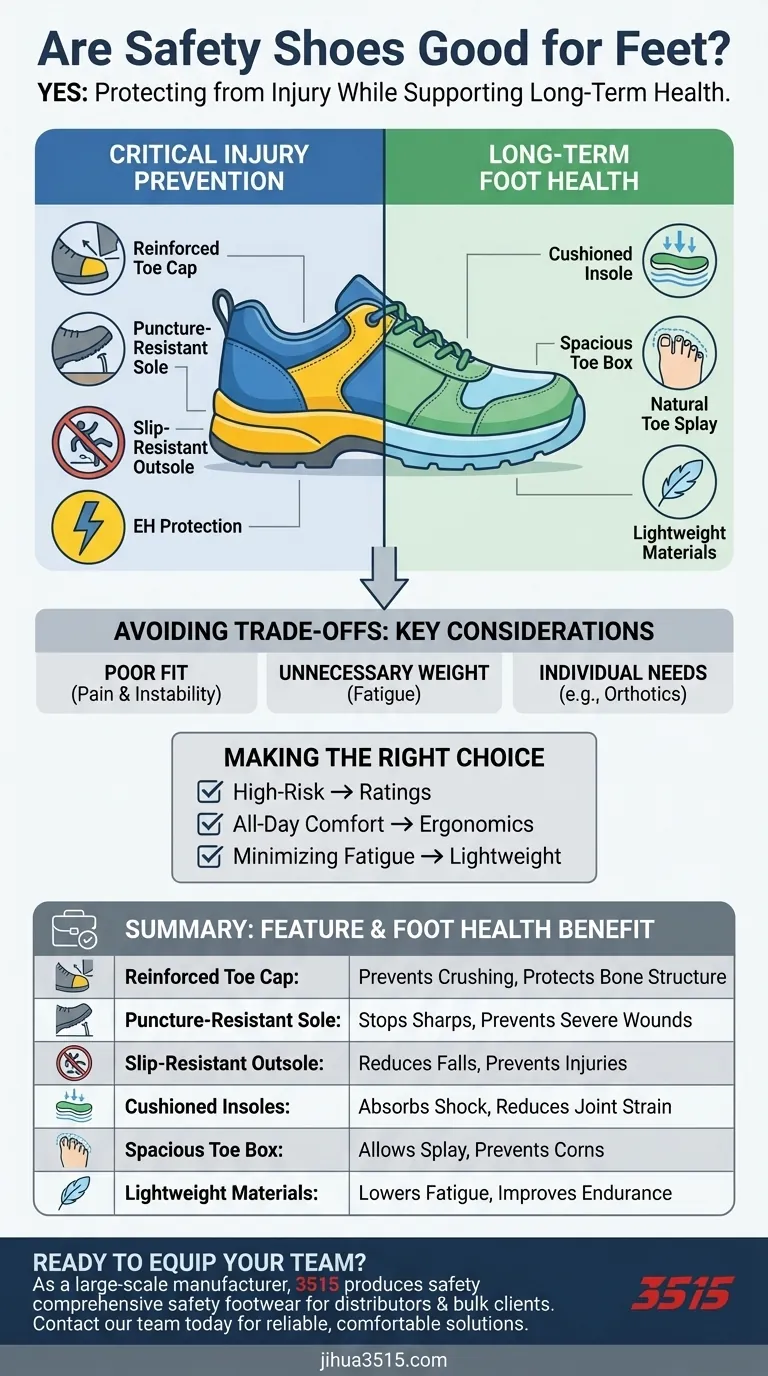
Related Products
- Custom Safety Shoe Manufacturer for Wholesale & OEM Brands
- Premium KPU Athletic Safety Shoes for Wholesale
- Premium Lightweight Safety Shoes for Wholesale & Bulk Orders
- Wholesale Durable Breathable Safety Boots Custom OEM Manufacturer
- Wholesale Leather Safety Boots with Customizable Protective Toe
People Also Ask
- What industries are safety toe work boots best suited for? Protect Your Feet in High-Risk Environments
- Why do landscapers need steel-toe boots? Essential Protection for a Hazardous Job
- How do weather conditions affect the choice between steel and non-steel safety toes? Choose the Right Toe for Extreme Temperatures
- What are the main differences between composite toe and steel toe shoes? Choose the Right Safety Shoe
- How is puncture resistance evaluated in footwear soles? Balance Protection, Comfort & Safety
